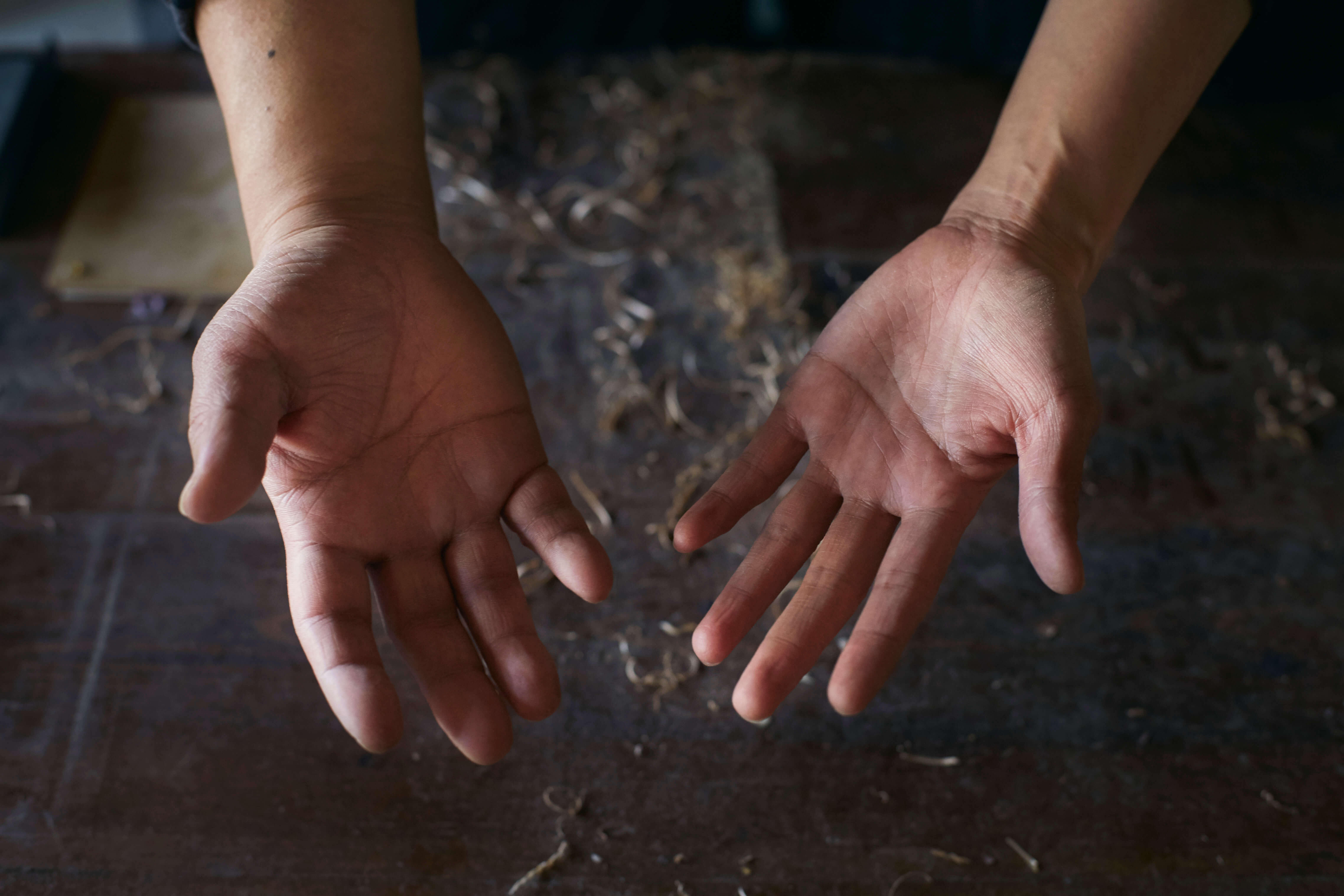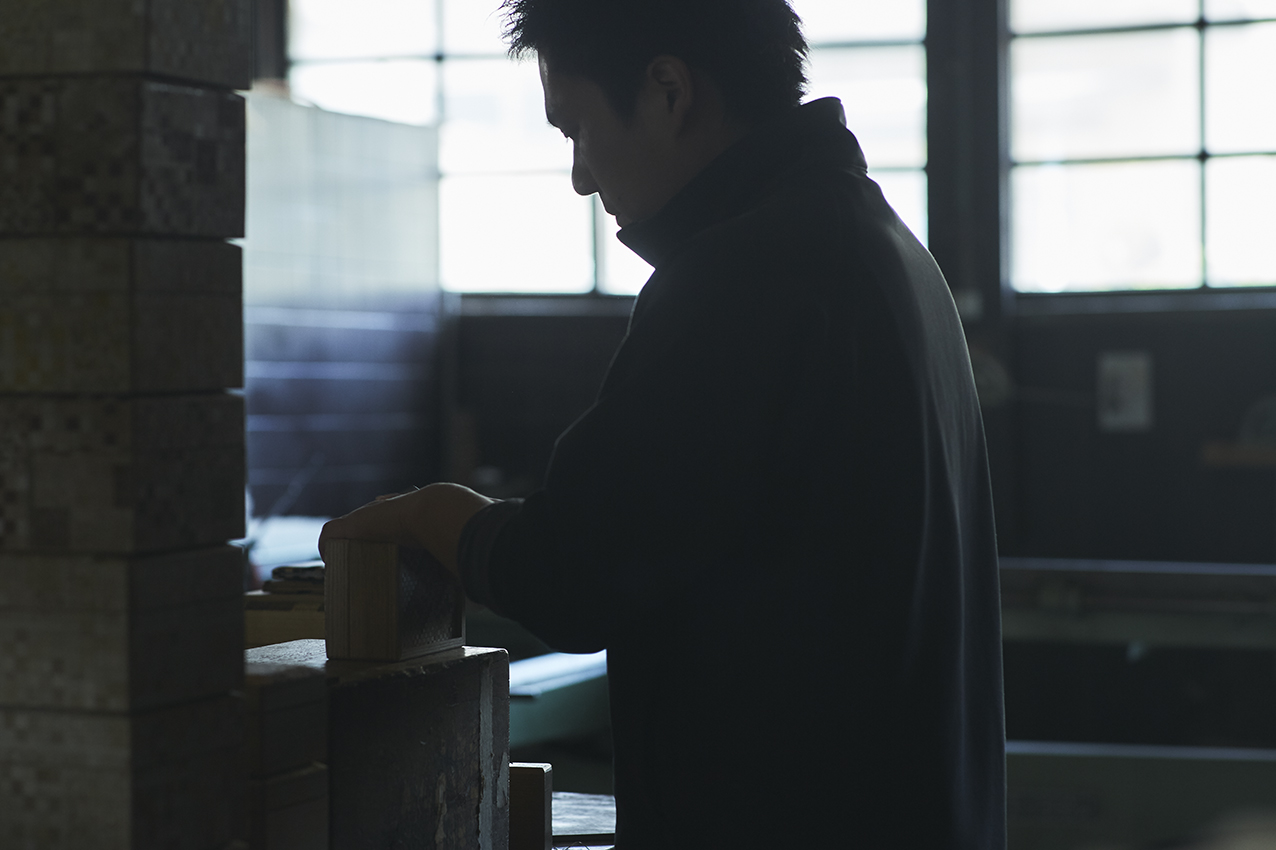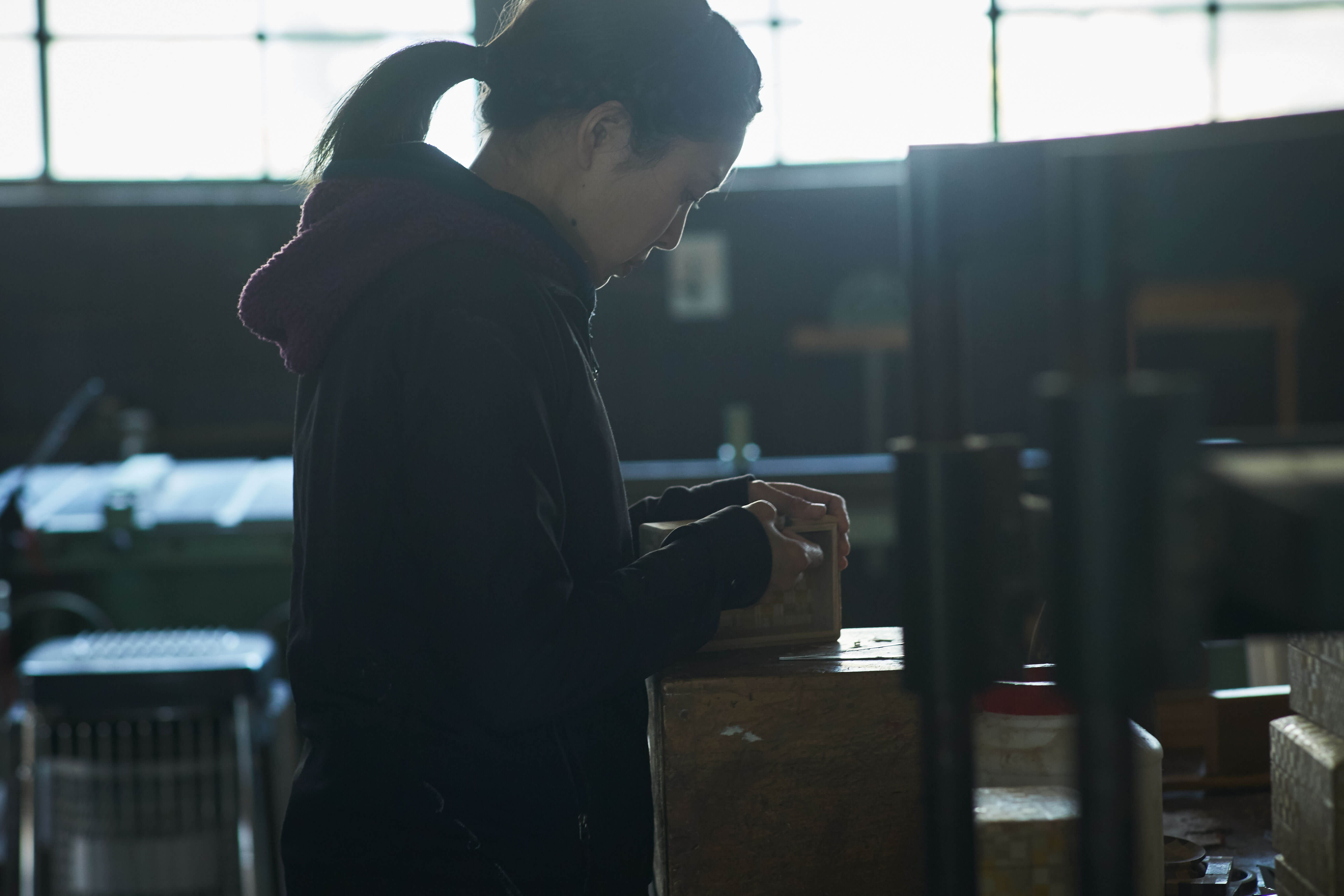太田 憲
寄木細工職人。1979年山形県生まれ。手仕事への興味、ものづくりを生業にすることへの憧れから、職業訓練校でものづくりの基礎を学ぶ。日本の伝統的工芸品に深い興味を持ち、小田原箱根寄木細工と出会う。江戸時代から伝わる日本で唯一の寄木細工の産地であることから、神奈川県小田原箱根地方で独特の技術を学びたいと思い、2003年箱根寄木細工製造元である有限会社木路に入社。妻、娘と共に小田原市での暮らしを始め、8年間の修行後独立。2012年OTA MOKKO設立。小田原市早川の狭小工房にて制作を開始し、工房に隣接する店舗をオープン。2015年秋、工房と店舗を小田原市板橋へ移転。2022年秋、工房と店舗を同じ板橋内にある、旧大窪村(1940年に周辺町村と合併し小田原市となる)の元村役場庁舎へ移転。
独立以来、伝統的な技術を活かしながら幅広い作品を制作している。特に30種類以上の木々を使うことで、寄木の特徴である鮮やかな色の組み合わせを追求するなど、伝統と個性が共に生きるものづくりを実践する。
Ken OTA
Yosegi-zaiku craftsman. (Yosegi-zaiku: A traditional Japanese marquetry technique & craft developed in the town of Hakone during the Edo period [1603–1867] that takes advantage of different colors and grains of wood and that combines them to create elaborate geometric patterns, commonly used for traditional decorative items.) Born in 1979 in Yamagata Prefecture, Japan. With an interest in handicrafts and a dream of "making things" for a living, he studied the basics of craftsmanship at a vocational school. OTA also developed a deep interest in traditional Japanese crafts and encountered Odawara Hakone yosegi-zaiku. Due to its status as the only Japanese production area in Japan with a history dating back to the Edo period, OTA wanted to learn the unique techniques born from the Odawara Hakone region of Kanagawa Prefecture. In 2003, he joined Kiro Co., Ltd., a manufacturer of Hakone yosegi-zaiku. He then started a life in Odawara City with his wife and daughter and became independent after eight years of training. In 2012, he established OTA MOKKO, where he started production in a small studio in Hayakawa, Odawara City, and opened a shop adjacent to the studio. In the fall of 2015, OTA relocated his studio and shop to Itabashi, Odawara City. In the fall of 2022, he moved the studio and shop to the former village office building of Okubo Village (which merged with surrounding towns in 1940 to become part of Odawara City), located within Itabashi.
Since becoming independent, OTA has been creating a wide range of works while incorporating traditional techniques. Particularly, by using over 30 types of wood, he explores the vivid color combinations characteristic of yosegi-zaiku, practicing craftsmanship that embraces both tradition and individuality.
Copyright©OTA MOKKO CO.,LTD. All Rights Reserved.


